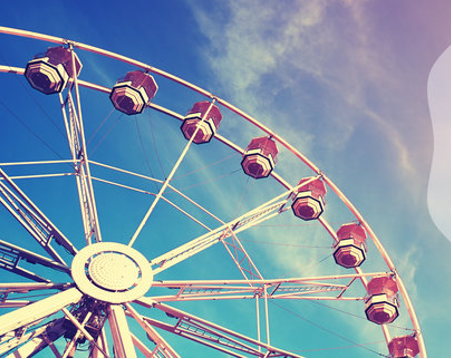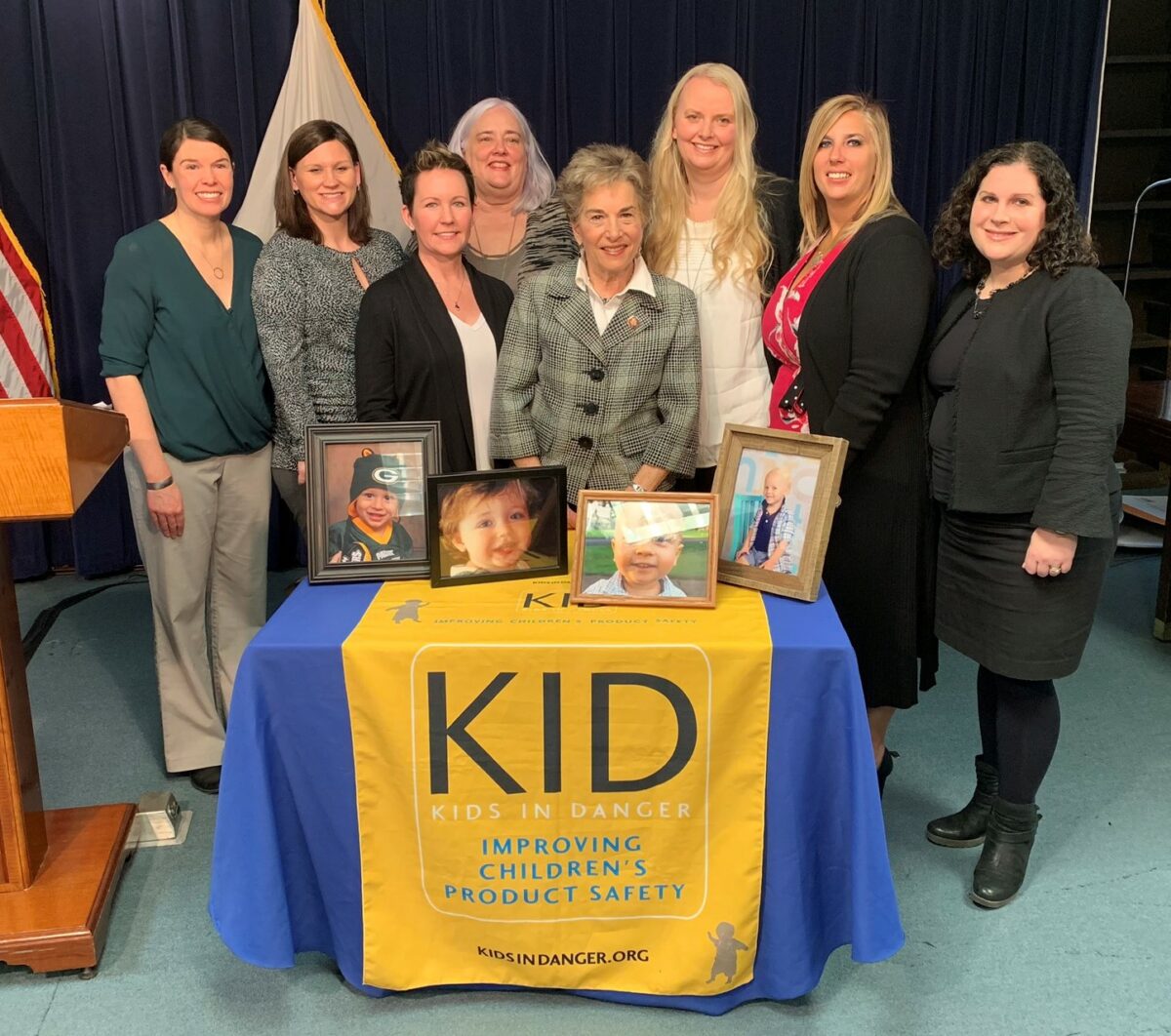Last summer, a roller coaster derailed in Daytona Beach and sent two riders plunging 34 feet to the ground and left two  others dangling in one of the ride’s cars.
others dangling in one of the ride’s cars.
With the weather finally warming up, many families have already begun the process of planning summer trips for when school is out – including day trips to local fairs, or getaways to theme parks.
Amusement parks pose unique challenges and safety risks. Each year thousands of children are treated in the emergency room for amusement park ride related incidents. In 2017, the U.S. Consumer Product Safety Commission (CPSC) estimates there were 29,400 hospital emergency department visits (both children and adults) for amusement attractions, including rides, for both mobile and fixed-site parks. While most of these incidents are minor injuries, they shed light on the gaps in amusement park safety. The CPSC is also aware of 22 fatalities associated with amusement attractions since 2010. This number excludes work-related incidents and fatalities at water parks or water slides.
There are currently no federal regulations placed on amusement parks, and state regulations vary distinctly from state to state. Some don’t require any restrictions, and there is no way of knowing how often the rides are inspected. Families should not rely on the park or event organizers alone for their safety. The CPSC has jurisdiction over several types of amusements including trampoline parks, rock climbing walls, ropes courses and portable amusement rides. A portable, or moving, amusement ride is differentiated by its ability to be transported from location to location and can frequently be found at local fairs and traveling carnivals. But many of the rides may overlap, so if you experience an incident on an amusement ride, report it at SaferProducts.gov.
For those seeking to visit an amusement park, state fair, carnival, or any establishment offering amusement park styled rides, here are a few steps you can take to secure your family’s safety and your own peace of mind while you are out with your kids.
Read all signs: Only let your child board a ride if they meet all the requirements listed including height, weight, age, and health.
Obey the rules: Follow any special seating orders or loading instructions. Secure all safety barriers: belts, bars, straps, etc. Communicate with ride staff if you come across a potential malfunction before the ride begins.
Know your child: If you think your child will not be able to follow the safety guidelines or will be too afraid, keep them off the ride.
Check for yourself: Look around. Use your own judgment. Does the ride feel safe? Are there any concerns you have outright? If so, choose a different activity.
More amusement ride safety tips are available at Prevent Child Injury here.


